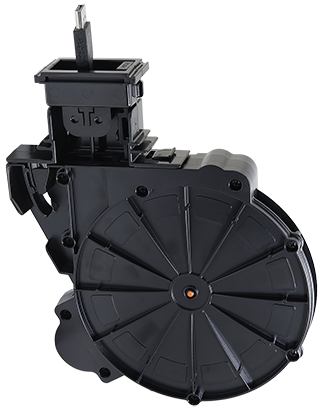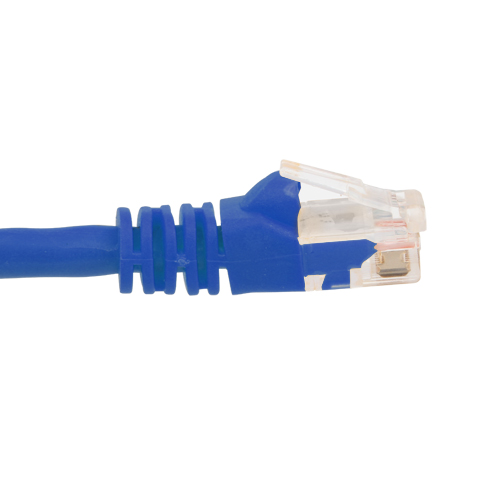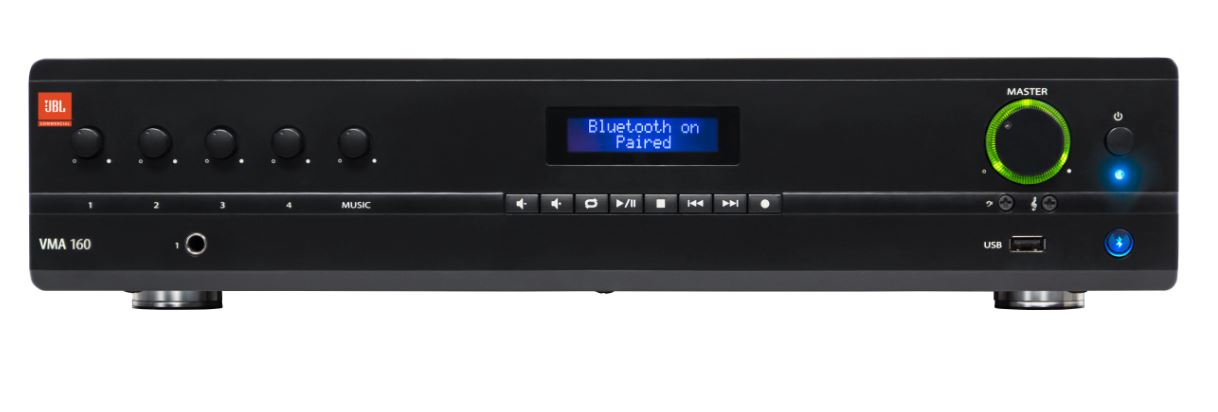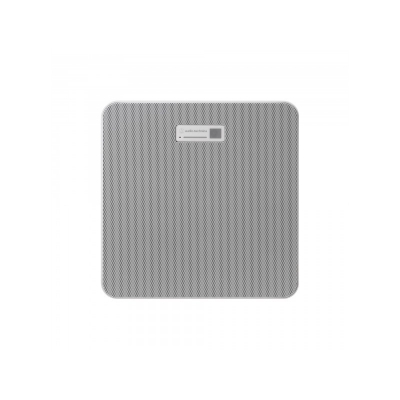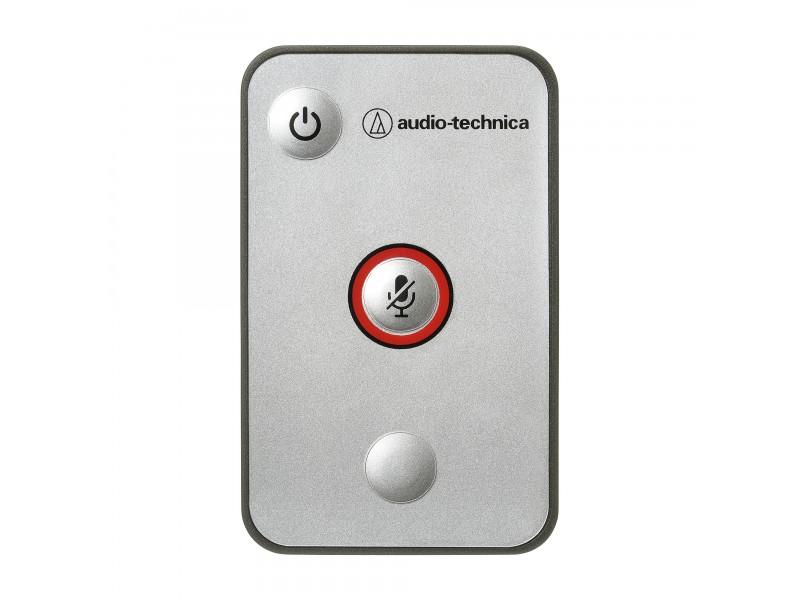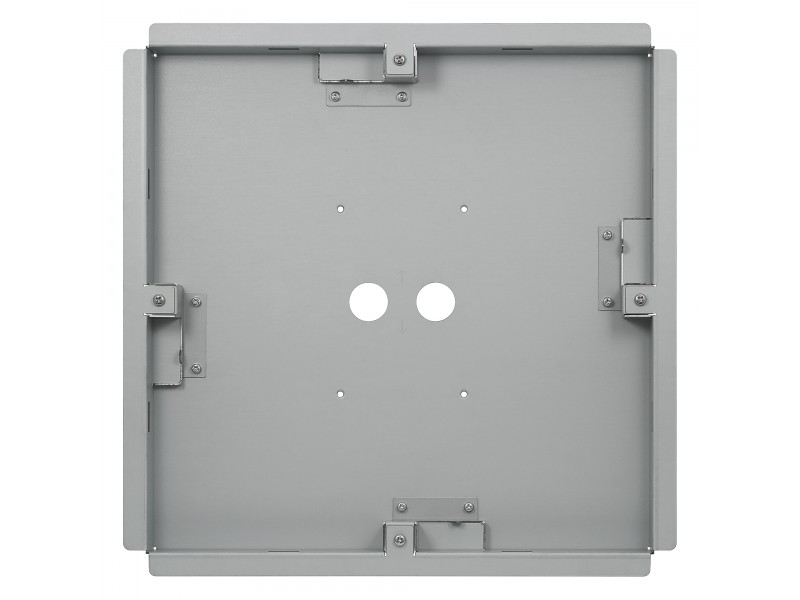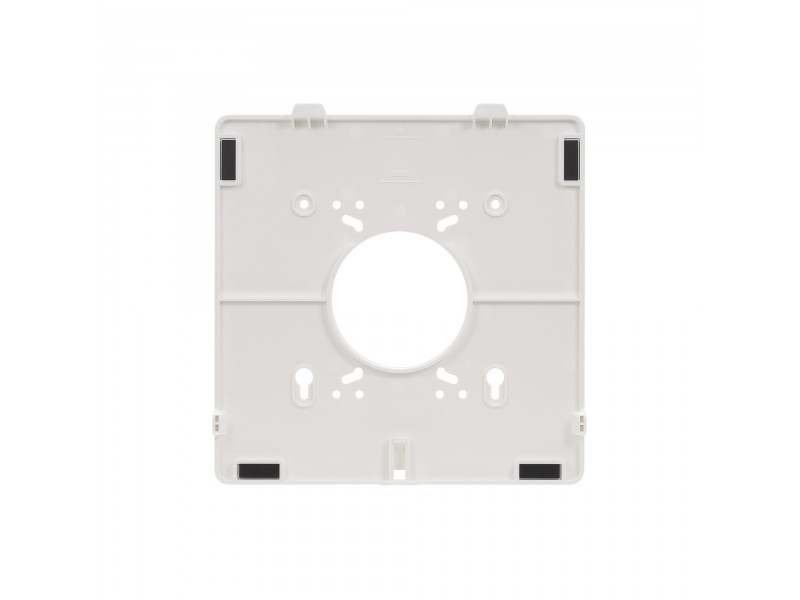Audio-Technica LINK (*1) is a proprietary communication protocol developed by Audio-Technica. It leverages IP (Internet Protocol) technology for transmission of uncompressed multi-channel digital audio and for information control with minimal latency. One of the key advantages of Audio-Technica LINK is the ability to power Audio-Technica LINK endpoint devices, eliminating the need for a power cable or standard PoE switch.
The protocol allows the transmission of multi-channel digital audio signals from endpoint devices to be individually assigned to the input channels of Audio-Technica’s ATDM line of mixers. This flexibility enables efficient system audio routing and control.
One notable benefit of Audio-Technica LINK is a reduced number of audio cables required. By utilizing general-purpose LAN (Local Area Network) cables (*2), the protocol eliminates the need for multiple analog audio cables for multi-channel transmission. This significantly simplifies cable management and installation processes.
Another advantage of Audio-Technica LINK is its daisy-chaining capability. Multiple Audio-Technica LINK devices can be interconnected in a chain, making installation and setup even more convenient. This feature sets it apart from other IP technology-based communication protocols that typically require a star topology connection to an Ethernet (PoE) switch.
Audio-Technica LINK offers a variety of benefits, including uncompressed digital audio transmission, low latency, power for endpoint devices, reduced cable routing, and simplified installation through daisy-chaining. These features make Audio-Technica LINK a compelling communication protocol for professional audio applications.
Key Features:
Daisy-chain connection for multi-channel transmission
Instantly locates the speaker and adjusts the beam without picking up unwanted noise
Microphone can identify typing sounds and paper flipping noises
No need for microphones or cables at the table
Same size as a wireless LAN access point
Control zones and various settings with dedicated software.
General
Power requirement
+48 VDC (Audio-Technica LINK)
Power consumption
Max. 5.2 W
Operation temperature range
0°C to 40°C (32°F to 104°F)
Operation humidity range
25% to 85% (Non condensing)
Dimensions
227.5 mm (9.0”) × 227.5 mm (9.0”) × 30 mm (1.2”) (W × D×H)
Weight
1243 g (44 oz)
Plenum rating
UL 2043
Microphone
Beam width
90°
Polar pattern
Beam pattern
Frequency response
60 Hz to 18,000 Hz
Sensitivity
-8 dBFS (1 kHz, 94 dBSPL)
Dynamic range
89 dB (A-weighted)
Signal to noise ratio
61.5 dB (A-weighted)
Self-noise
25 dBSPL (A-weighted)
Maximum input sound level
102 dBSPL
Analog audio
Frequency response
20 Hz to 20 kHz (+1.0/-2.0 dB)
Dynamic range
100 dB (A-weighted)
Signal to noise ratio
80 dB (A-weighted)
Headroom
20 dB
Residual noise
-75.8 dBu (A-weighted)
T.H.D
<0.1% (1 kHz, unity)
Analog input
MIC Maximum: -30 dBu
MIC Unity: -50 dBu
LINE Maximum: +12.2 dBu
LINE Unity: -10 dBV, Switchable
Analog output
OUTPUT Maximum: +19.2 dBu
OUTPUT Unity: +4 dBu/-10 dBV/-33 dBV, Switchable
Other
Network
Audio-Technica Link: 100 Mbps
IP control: 100 Mbps
Digital audio
Sampling rate: 48 kHz
Bit depth: 24-bit
Latency
Microphone (CH1 to CH6): 47 msec
Microphone (Auto Mix CH): 79 msec
I/O connector
Network/ Audio-Technica Link: RJ-45
Analog input: Euroblock 3-pin
Analog output: Euroblock 3-pin
GPI: Euroblock 3-pin
Phantom power
Analog input: 12 V

|
ATND1061-UM-EN_v5.pdf |

|
ATND1061_OperationManual_V1_EN_web_240117.pdf |

|
ATND1061_Voice-Lift-Function_EN_web_240115.pdf |

|
DigitalMicrophoneManager-UM-EN_v5.pdf |
